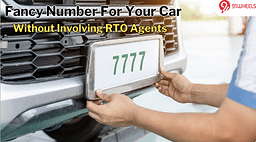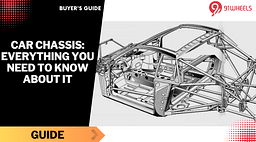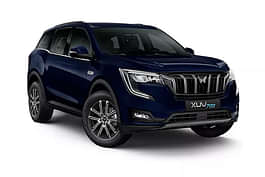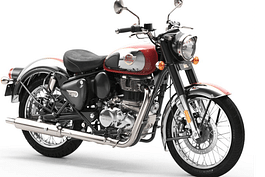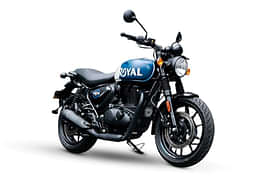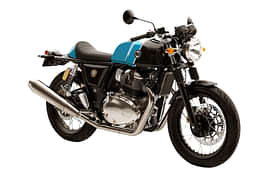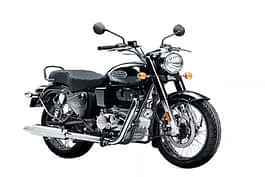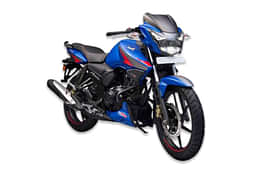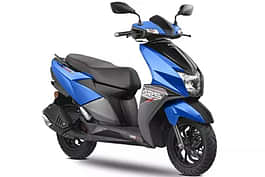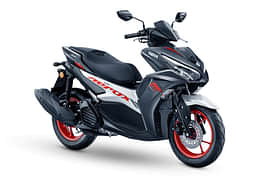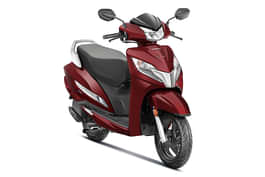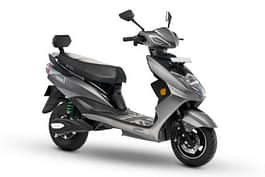
KEY HIGHLIGHTS
- The ex-showroom price is set by the manufacturer before the addition of non-negotiable things such as road tax, registration and more.
- The on-road price is not in stone, and you can actually negotiate on insurance.
- Service packages and protective treatments can vary between manufacturers.
- Some states can levy additional non-negotiable taxes, such as the MCD tax in Delhi.
Whenever we talk about a car's prices, the terms 'ex-showroom' and 'on-road' tend to get thrown around quite a lot. A lot of buyers, especially first-time buyers may possibly be unaware of these terms, and why the on-road price is the final price of the car.
In this story, we will be uncovering the meaning behind ex-showroom and on-road prices, along with many hidden taxes, negotiable and non-negotiable rates. However, before going further, make sure to join the 91wheels WhatsApp Community to keep up with the latest news and automotive updates!
Also read: Renault To Take Full Control Over Nissan India - New Strategic Projects
Difference Between On-Road And Ex-Showroom Prices
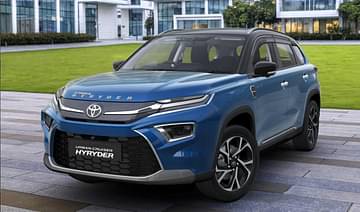
Let's begin with the ex-showroom price. This is the base price of the vehicle, or the cost of producing the vehicle, before factoring in all the different taxes and charges. Below is a table differentiating the difference between the components of ex-showroom and on-road pricing:
| Ex-Showroom Price | On-Road Price |
| Road Tax | Extended Warranty |
| Registration | Service Package |
| HSRP Number Plate | Accessories Kit |
| Fast Tag | Body Treatment |
| Tax Collected At Source (TCS) | Total On-Road Prices With Packages Added |
| Insurance Premium Cover | |
| State Developmet/Parking Taxes (e.g MCD) | |
| Hypothecation (in case of loan / finance) |
After the ex-showroom price, certain other components are added which are non negotiable. First is the road tax, the percentage of which varies from state-to-state and also on the ex-showroom price of the vehicle. Then comes the state registration. If you are financing the vehicle or taking a loan, hypothecation charges will also be applicable on the vehicle. This will not be applicable in case the buyer pays for the vehicle in cash.
Depending on the state you reside in, you may also be charged a certain State Development Fee. For example, the MCD tax in Delhi. The buyer is also charged TCS (Tax Collected On Source); in case of a car priced above Rs 10 lakh, the buyer will be charged 1% of its ex-showroom price. He/She also pays for the high-security number plates, and Fast Tag, both of which have been made mandatory in recent years.
Most dealers also charge a third-party insurance coverage, and the prices for this depend from vendor to vendor. In most cases, dealers have a tie-up with certain vendors, and buyers usually do not opt out of it, as getting it done independently is just adding another hassle. However, if such a case does come up, some dealers end up offering discounts on the coverage package, or they try and match their rates. Therefore, the insurance rate is not set in stone, and one can usually haggle over them, which can bring the on-road prices down by a certain margin.
Also read: Is MG Motor India Introducing Pothole-Detection In Its Cars? UPDATE: NOPE!
After calculating all the above mentioned charges, the on-road price of the vehicle is formed. The dealer can then go on to charge for extended warranty, service packages, add-on accessories, and body treatment, which can further increase the on-road prices.
Verdict
Now that you know how ex-showroom prices and on-road showroom prices are differentiated, you will know exactly what you are paying for, where you can negotiate and where things are non-negotiable.

